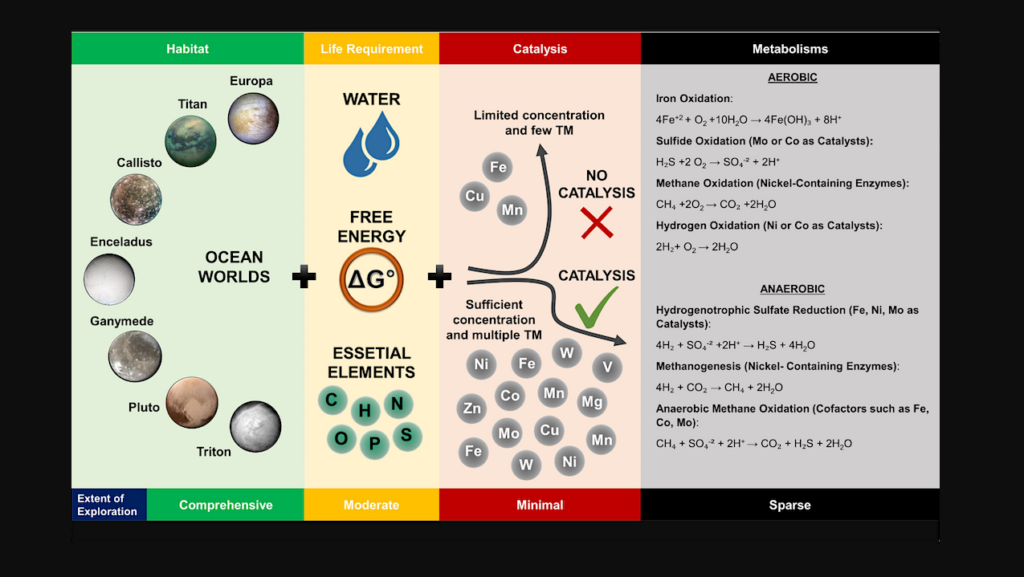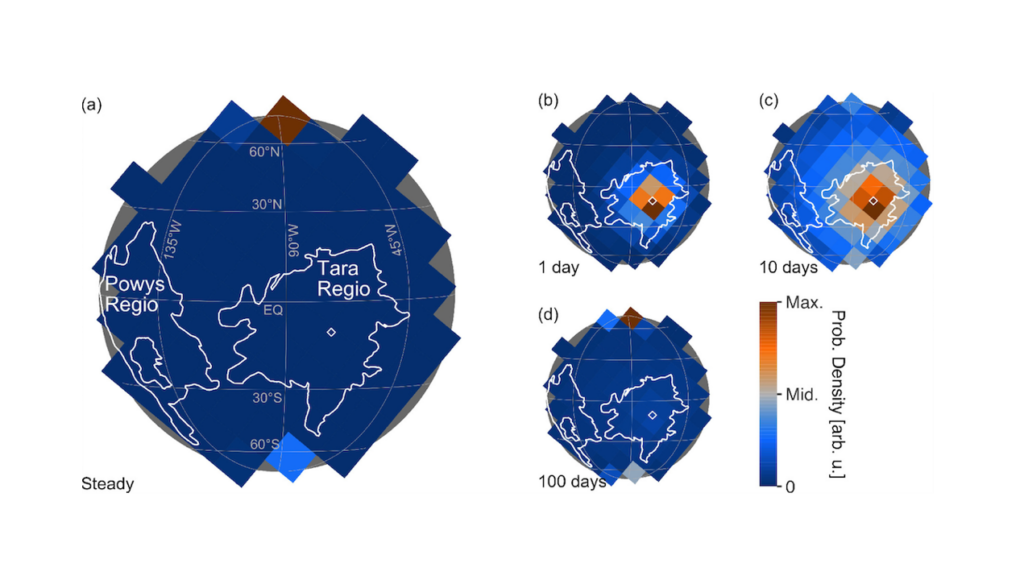A Comprehensive Revisit Of Select Galileo/NIMS Observations Of Europa

The Galileo Near Infrared Mapping Spectrometer (NIMS) collected spectra of Europa in the 0.7-5.2 μm wavelength region, which have been critical to improving our understanding of the surface composition of this moon.
However, most of the work done to get constraints on abundances of species like water ice, hydrated sulfuric acid, hydrated salts and oxides have used proxy methods, such as absorption strength of spectral features or fitting a linear mixture of laboratory generated spectra. Such techniques neglect the effect of parameters degenerate with the abundances, such as the average grain-size of particles, or the porosity of the regolith.
In this work we revisit three Galileo NIMS spectra, collected from observations of the trailing hemisphere of Europa, and use a Bayesian inference framework, with the Hapke reflectance model, to reassess Europa’s surface composition. Our framework has several quantitative improvements relative to prior analyses: (1) simultaneous inclusion of amorphous and crystalline water ice, sulfuric-acid-octahydrate (SAO), CO2, and SO2; (2) physical parameters like regolith porosity and radiation-induced band-center shift; and (3) tools to quantify confidence in the presence of each species included in the model, constrain their parameters, and explore solution degeneracies.
We find that SAO strongly dominates the composition in the spectra considered in this study, while both forms of water ice are detected at varying confidence levels. We find no evidence of either CO2 or SO2 in any of the spectra; we further show through a theoretical analysis that it is highly unlikely that these species are detectable in any 1-2.5 μm Galileo NIMS data.
Ishan Mishra, Nikole Lewis, Jonathan Lunine, Kevin P. Hand, Paul Helfenstein, R.W. Carlson, Ryan J. MacDonald
Comments: 30 pages, 12 figures. Published in the Planetary Science Journal
Subjects: Earth and Planetary Astrophysics (astro-ph.EP)
Journal reference: Planet. Sci. J., 2, 183 (2021)
DOI: 10.3847/PSJ/ac1acb
Cite as: arXiv:2109.11650 [astro-ph.EP] (or arXiv:2109.11650v1 [astro-ph.EP] for this version)
Submission history
From: Ishan Mishra
[v1] Thu, 23 Sep 2021 21:16:44 UTC (6,768 KB)
https://arxiv.org/abs/2109.11650
Astrobiology








